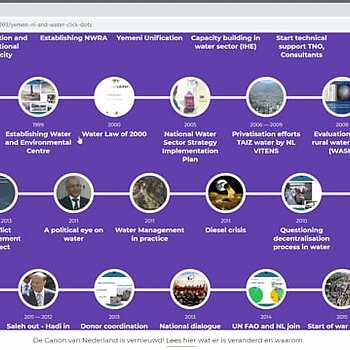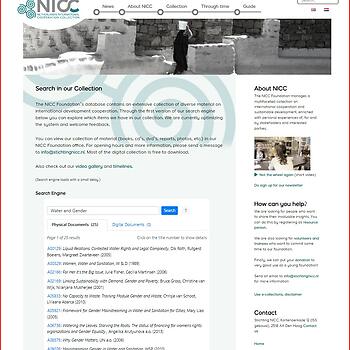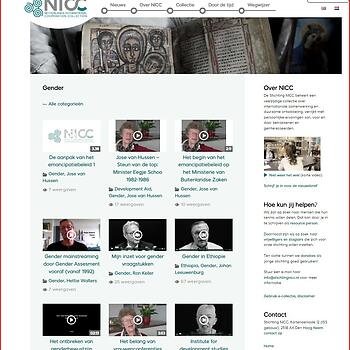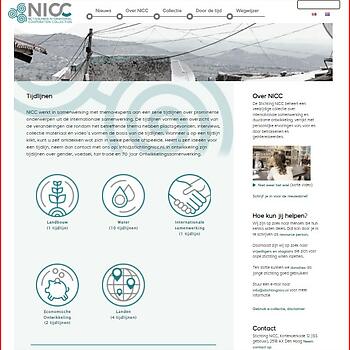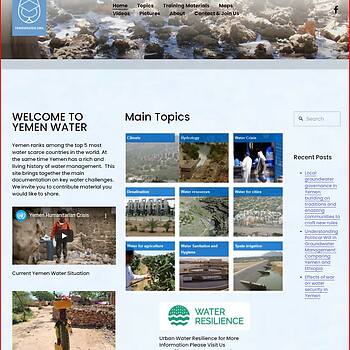The NICC timelines are developed to share insight on Dutch international cooperation and development. The timelines have been structured according to different themes (water, gender, education, agriculture, climate) and different countries. Each timeline thus discusses a certain aspect of Dutch international cooperation and development.
Resource Persons
Abdulrahman F. Al-Eryani
Musaed Aklan
Wim Bastiaanssen
Maarten Blokland
Jac van der Gun
Sjef IJzermans
Job Kleijn
Ton Negenman
Editors:
Job Kleijn, Loukie Levert, Lenneke Knoop (MetaMeta)
General Information Yemen
Yemen is one of the most water-scarce countries in the world. Due to its dry and semi-arid climate and very limited surface water, the country's population highly depends on little rainfalls and the extraction of groundwater resources. (Ward, 2015) With an annual per capita availability of only 83m3 of renewable water resources, current groundwater extraction rates are exceeding annual recharging rates by far, leading to serious levels of groundwater depletion (GIZ, 2018) (NWRA 2019).
Yemen's groundwater is the main source of water in the country but the water tables have dropped severely leaving the country without a viable source of water. For example, in Sana'a, the water table was 30 meters below the surface in the 1970s but had dropped to 1200 meters below the surface by 2012.
Irrigated agriculture consumes more than 90% of the groundwater. (UNOCHA, 2018) In the absence of sufficient enforcement of regulatory laws, massive amounts of water are being pumped up unregulated, with the result that the groundwater levels continue to fall and more and more wells are drying out.(The World Bank, 2017) The severity of the situation is exacerbated by the fact that rainfall and the availability of water are very unevenly distributed across the country.
Population: 6,000,000 1970 and 29,884,405 (July 2020 est.)
Area: total: 527,968 sq km, land: 527,968 sq km, water: 0 sq km
GDP/per capita 300 (lowest), 1460 (highest) and 940 US in resp. 1996, 2014 and 2018
Religion: Muslim 99.1% (official; virtually all are citizens, an estimated 65% are Sunni and 35% are Shia), other 0.9% (includes Jewish, Baha'i, Hindu, and Christian; many are refugees or temporary foreign residents) (2010 est.)
Sources - Read more
The Netherlands International Cooperation Collection (Stichting NICC).
